
Will EVs save the planet?
If electric vehicles depend on unsustainable battery materials and electricity for charging, are they really any more eco-friendly than a petrol or diesel car?
Snapshot
- EVs are still more eco-friendly than ICE overall
- Renewable electricity is quickly growing, battery recycling and circular economy needs improving
- Only switching to EVs will not save the Earth on its own
Environmentalists have long lobbied for the urgent transition to a ‘greener’ and decarbonised electric transportation system, to avoid billions in health costs and further global warming.
On the other hand, sceptics argue EVs are worse for the planet since they have large battery packs made up resource-limited materials and are mainly charged off coal-fired electricity. Some also endorse liquefied petroleum gas (LPG) as a better and already well-established approach.
So, which ‘side’ is right?
This is a long read, but if you want to be sure you’ve got your facts straight when arguing on social media, this is the story for you.
JUMP AHEAD
- ? Charging with fossil-fuels
- ? Battery materials
- ? When will EVs break even?
- ?️ Battery waste issue
- ? Tyre and brake pollution
- ? Manufacturing and shipping
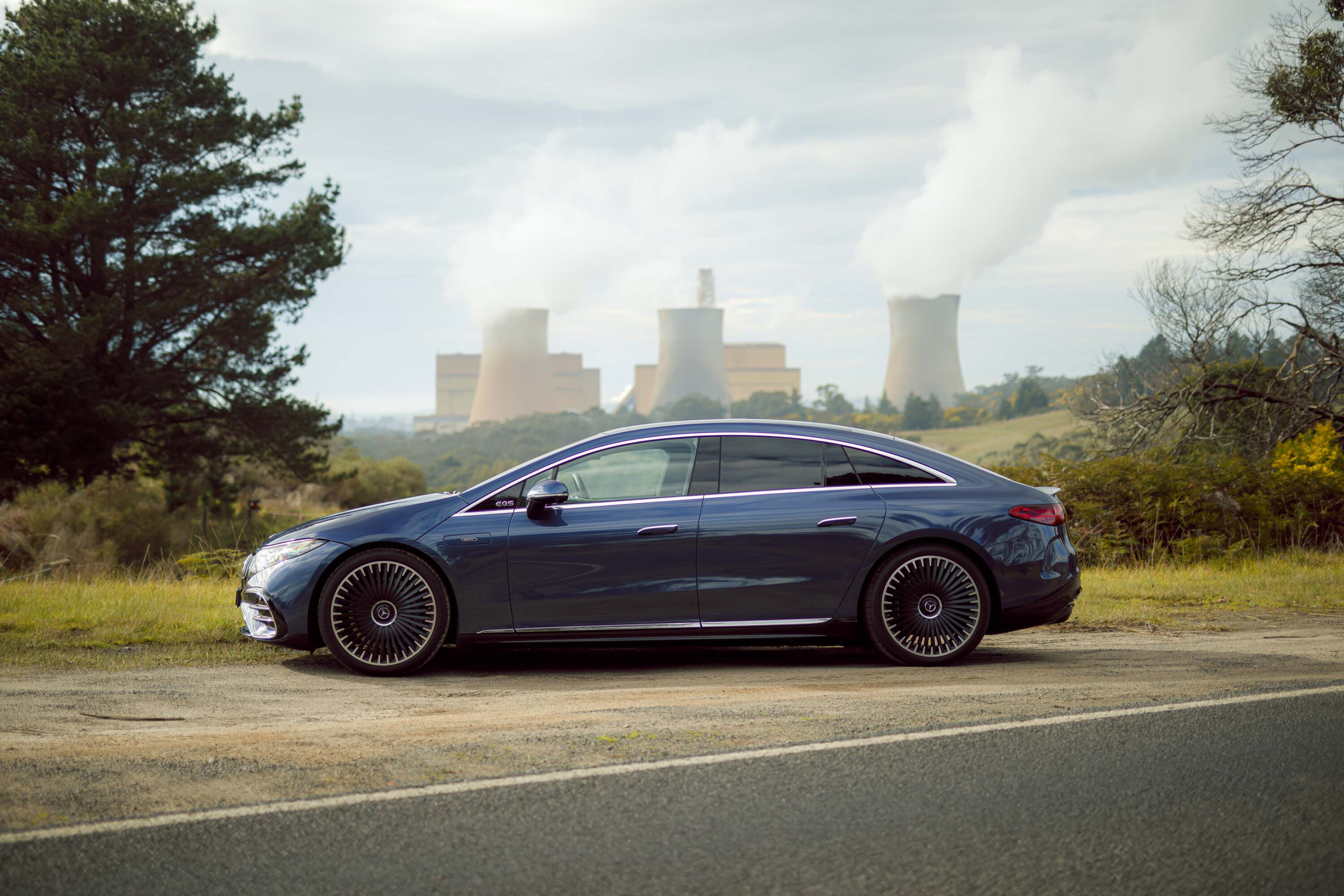
? Charging with fossil fuels
If electric cars are charged with power from high-emitting coal-fired stations, are they worse for the environment than petrol and diesel cars?
According to the Clean Energy Council [PDF pg. 7 ↗], renewable electricity sources (solar, wind and hydro) made up 35.9 per cent of Australia’s grid in 2022.
Therefore, residential and business buildings that don’t (or can’t) install solar panels to charge EVs already have some portion of electricity coming from renewables. Some electricity providers also offer a carbon-neutral offset option and ‘green energy’ plans.
It’s only improving.
New electricity demand in Australia is being met by the growing investment in large-scale renewable energy generation and battery storage infrastructure by the states – with the capital and Tasmania leading the transition.
| State | Renewable energy generation share (as at end of 2022) | Renewable energy share target |
|---|---|---|
| Queensland | 22.6% | 70% renewables by 2032, 80% by 2050 |
| New South Wales | 30.7% (incl ACT) | Halve emissions by 2030, net zero by 2050 |
| Australian Capital Territory | 100% | Net zero by 2045 |
| Victoria | 36.8% | 50% renewables by 2030 |
| South Australia | 71.5% | 100% renewables by 2030 |
| Northern Territory | Unknown | 50% renewables by 2030, net zero by 2050 |
| Western Australia | 35.2% | 80% emissions reduction by 2030 |
| Tasmania | 99.1% | 150% renewables and net zero by 2030 |
| Data according to the Clean Energy Councilu2019s 2023 report (pg. 20-21) | ||
As one of the sunniest countries in the world, more than 3.2 million Australian households already have solar photovoltaic panels installed as at mid-2022
Coal powerplants are even planned to close earlier than anticipated, so more EVs coming into the market will not result in plants running overtime (Clean Energy Regulator [↗]).
Our own Andy Enright did the sums and revealed that, even if the Mercedes-AMG EQS 53 was entirely charged off Australia’s dirtiest brown coal from the Yallourn power station in Victoria, the electric liftback would still only produce nearly half the CO2 emissions compared to the petrol-powered Mercedes-Benz S580 sedan on the same trip.
Yet, as one of the sunniest countries in the world, more than 3.2 million Australian households already have solar photovoltaic panels installed as at mid-2022, according to Roy Morgan Research [↗].
This means EV owners can plug in when there’s solar generation during the day (when working from home or after the school pickup) or at night if there’s excess energy stored in installed home battery storage systems to limit holistic lifetime emissions, while benefiting from free ‘fuel’.
How long do solar panels last?
According to Forbes Home [↗], solar panels have a lifespan of at least 25 years.
However, their efficiency does naturally degrade around half a per cent every year due to being exposed to the elements.
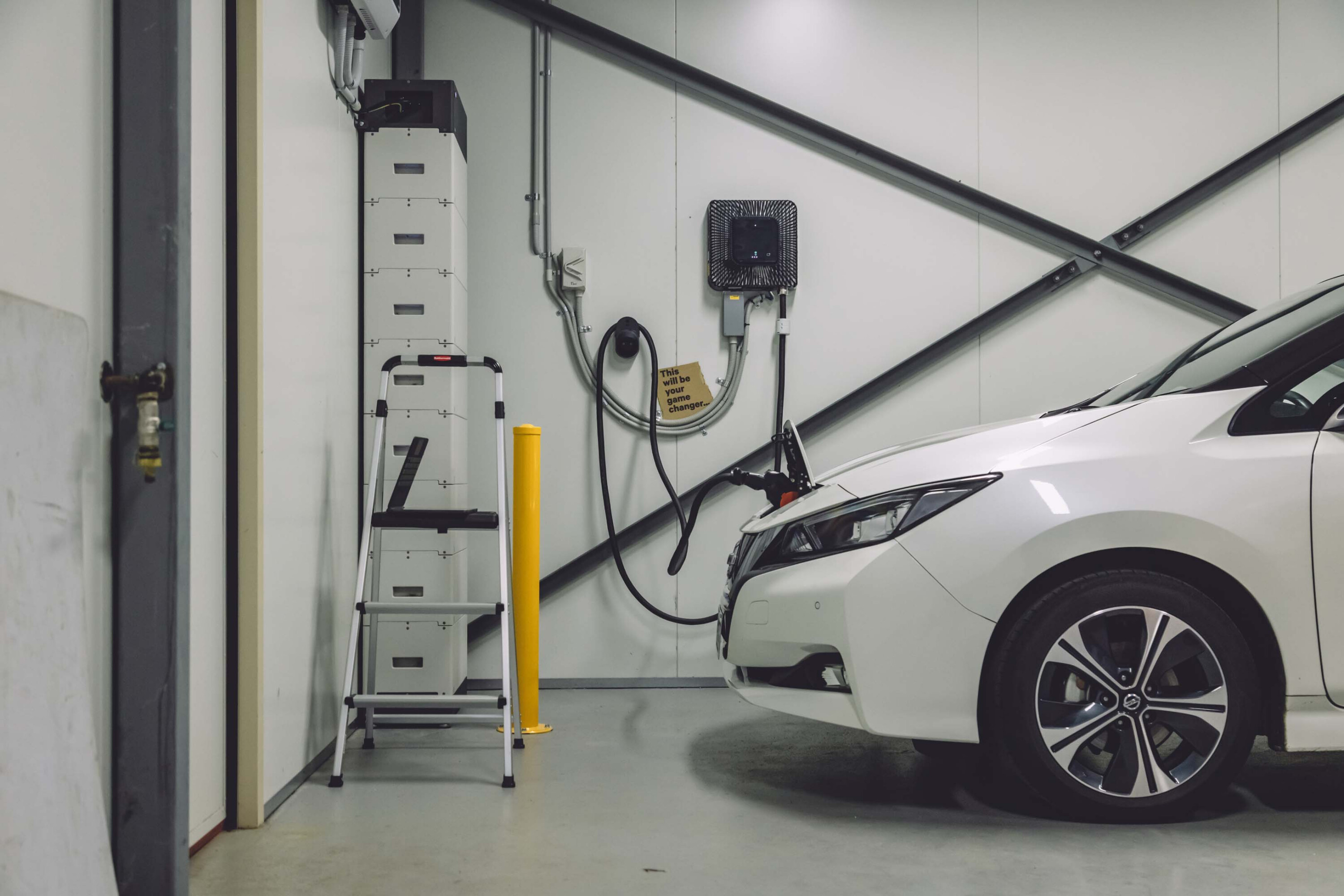
What about this ‘V2G’ we’ve been hearing about?
Vehicle-to-grid (V2G) bidirectional charging technology is emerging to power homes and workplaces using EV batteries during more expensive and grid-reliant peak periods, donate excess energy back to help stabilise the grid, and recharge the vehicle when there’s renewables during the day.
However, while there are some local trials underway, the only V2G inverter costs around $10,000 and very few EV models support V2G today besides the Nissan Leaf, Mitsubishi Eclipse Cross PHEV, and Outlander PHEV in Australia (but the list is growing overseas).
“One direction’s helping and it’s going to get better, more effective and more efficient over time. The other is only going one way; it is staying where it is.”
As for public EV charging stations, major networks including Chargefox, Evie Networks, BP Pulse, Ampol AmpCharge, and Tesla claim to power all owned and operated sites with either 100 per cent renewable energy or purchase carbon-offset certificates.
Chargefox CEO John Sullivan told WhichCar: “Drive a petrol or diesel car all you like. It’s not going to get any better.”
“But, if you were to drive an electric vehicle, at least a third of the energy that you put in that car today will come from a sustainable means,” Sullivan said. “One direction’s helping and it’s going to get better, more effective and more efficient over time. The other is only going one way; it is staying where it is.”
LPG vs electric?
Some believe liquefied petroleum gas (LPG) combustion engine vehicles are more sustainable and cheaper to run than EVs, given it is a ‘low-carbon’ type fossil-fuel.
While there’s no data to definitively resolve this debate, LPG vehicles still emit local exhaust pollutants, there are still questions around harmful extraction methods, and its safety is contentious.
Importantly, there are currently no new LPG-powered models on sale in Australia from any original equipment vehicle manufacturer.
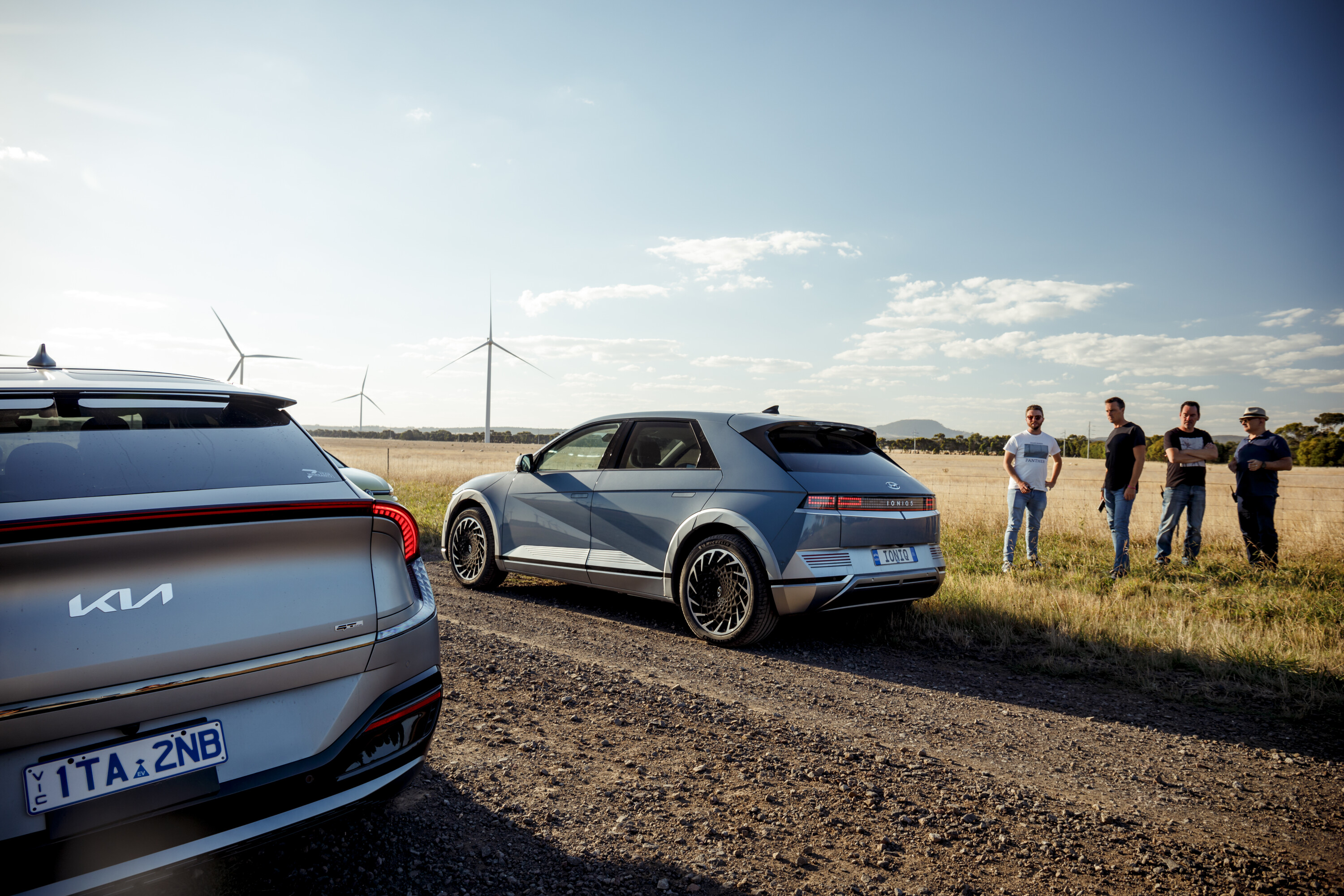
? Battery materials
Since EV batteries require a range of raw materials such as lithium, cobalt and nickel, do they have a bigger carbon footprint than combustion cars?
Initially yes, that can’t be denied – but it falls off over time, and that time is only getting shorter as brands reorganise to be more sustainable.
Current battery technologies require expensive and resource-limited materials, alongside magnets in electric motors composed of rare earth metals.
Both use intensive mining and processing methods that often depend on heavy diesel-fuelled machines – with cobalt extraction in particular being associated with contaminating waterways, damaging ecosystems in developing countries, and human rights issues in the Democratic Republic of the Congo. All bad things.
However, the proportion of contentious raw materials isn’t a large share when the average EV weighs around 1500 to 2000kg. According to the Argonne National Laboratory [via Nature Journal ↗], a typical lithium-ion battery only includes around 8kg lithium, 14kg cobalt, 20kg manganese, and 35kg nickel.
Some models, including the Renault Megane E-Tech and upcoming cut-price Tesla ‘Model 2’, don’t require rare earths, by using a magnet-free motor.
Some car brands also claim to trace the origin of some critical materials used to ensure ethical processes are maintained in the supply chain.
Combustion vehicles also need heavy cobalt use – in the refinement of oil for fuel
Cobalt is used in the refinement process of crude oil to extract sulphur to form cleaner, higher-quality fuels. The need for cobalt will increase by the end of 2024 in Australia, with the federal government mandating lower-sulphur fuel standards in line with other developed continents.
ICE vehicles also require rare earth metals for catalytic converters, which is responsible for filtering harmful pollutants.
Additionally, traditional hybrids and plug-in hybrids use a lithium-ion battery as per pure EVs, albeit being much smaller in size.
Australian-favourite Toyota hybrids, including the current top-selling RAV4 medium SUV and Kluger large SUV, use older nickel-metal hydride (NiMH) batteries – which has more of a “significant environmental impact” than typical lithium-ion packs since it uses more toxic chemicals, according to Macquarie University research [↗].
The Japanese carmaker now adopts lithium-ion batteries in newer models, such as the Toyota Yaris hatch, Corolla small car and Camry sedan.
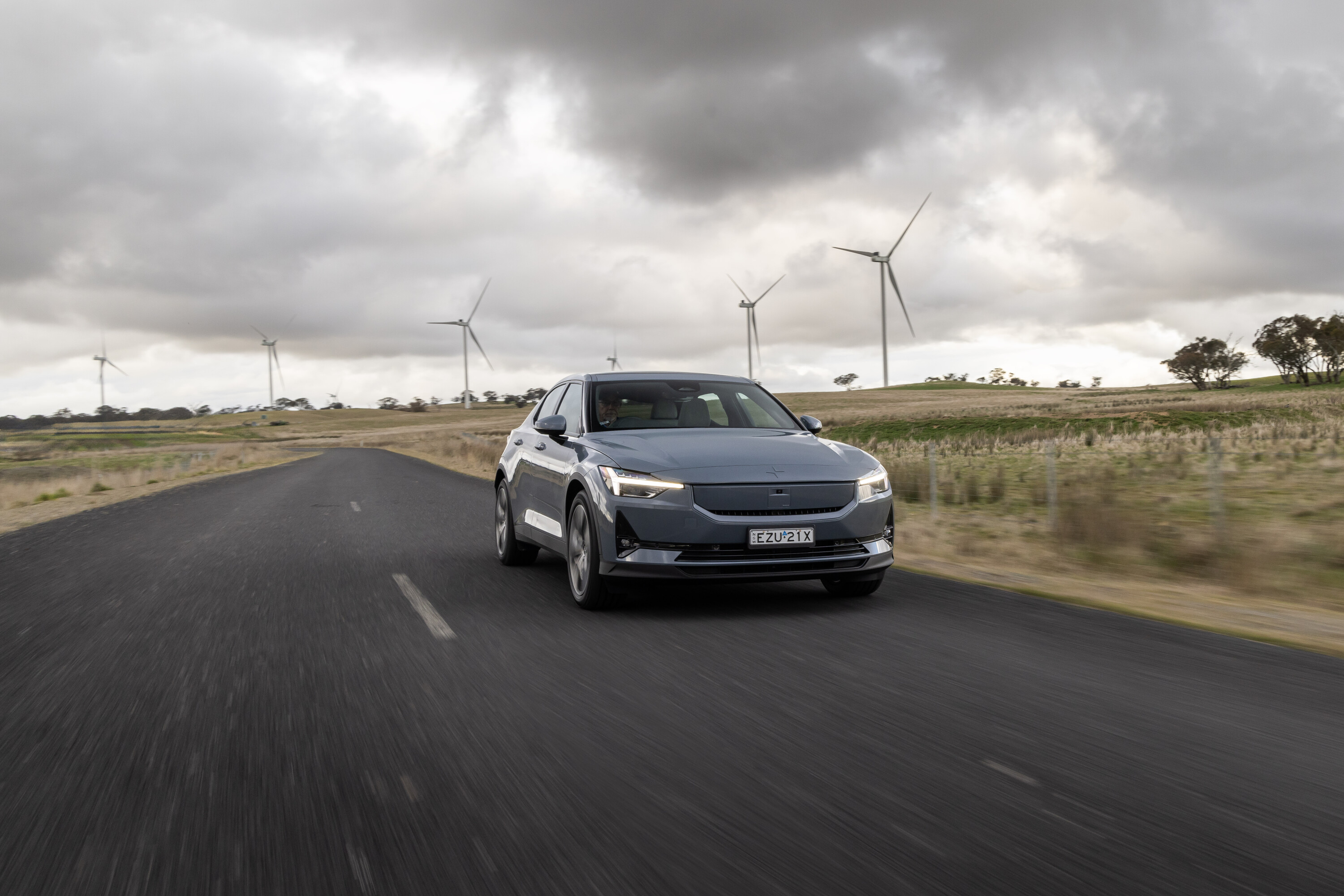
? When will EVs break even?
Despite an initially higher manufacturing carbon footprint, total lifetime greenhouse gas emissions are still ultimately lower for EVs over time than ICE.
According to Polestar’s 2021 life cycle assessment report [PDF pg. 22 ↗], the pre-update Polestar 2 electric liftback in base Standard Range Single Motor guise has around 10 tonnes of CO2 emitted more from the factory than the related petrol-powered XC40 SUV.
It’s primarily due to the lithium-ion battery modules in its 67kWh usable (69kWh gross) nickel-cobalt-manganese (NMC) pack and requires more materials.
However, at the end-of-life (after driving 200,000 kilometres), the EV has a lower holistic footprint at 45 tonnes of CO2 versus its ICE counterpart at 58 tonnes of CO2 – even when the former is charged off a ‘global electricity mix’.
In this case, the holistic environmental footprint ‘break even’ point for the Polestar 2 EV compared to the XC40 ICE would be achieved after travelling 79,000 kilometres.
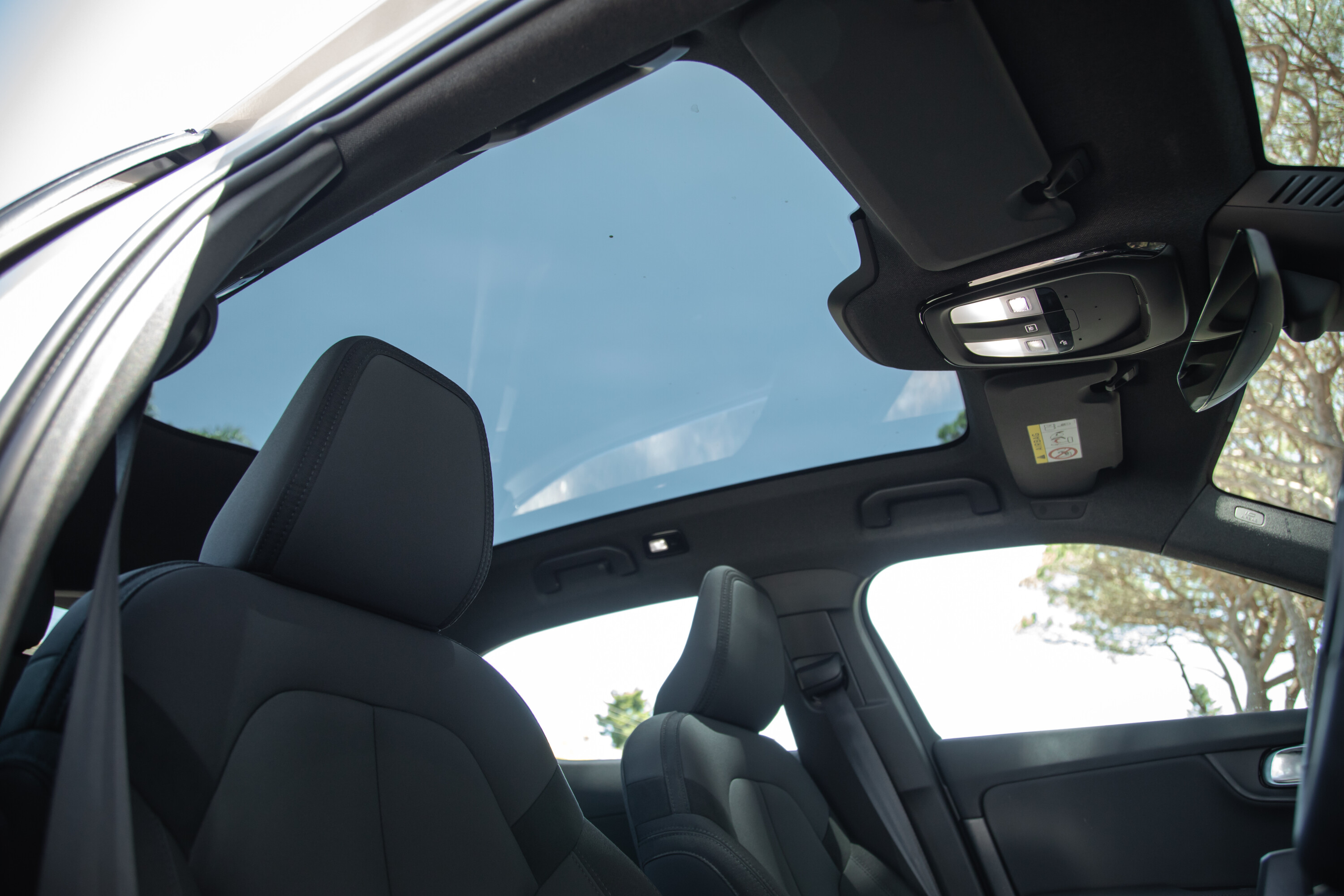
But, the EV gets to break-even faster than the ICE vehicle – if charged more responsibly.
If the Polestar 2 is charged exclusively from wind-generated renewable energy, its carbon footprint is reduced to only 25 tonnes of CO2 due to almost stagnant ‘use phase’ emissions.
In this case, the environmental break even point is earlier, after driving about 40,000 kilometres.
This also applies to using solar-generated energy – which is already possible today, as long as you have panels installed with enough generation capacity to charge an EV while powering the household or workplace, and can plug in during daytime.
Polestar’s own analysis is supported by Europe’s Green NCAP [↗] testing authority, which highlights all pure EVs have a lower lifetime greenhouse gas emissions footprint than ICE vehicles (assumed after 16 years and 240,000km of ownership charged on Europe’s electricity mix).
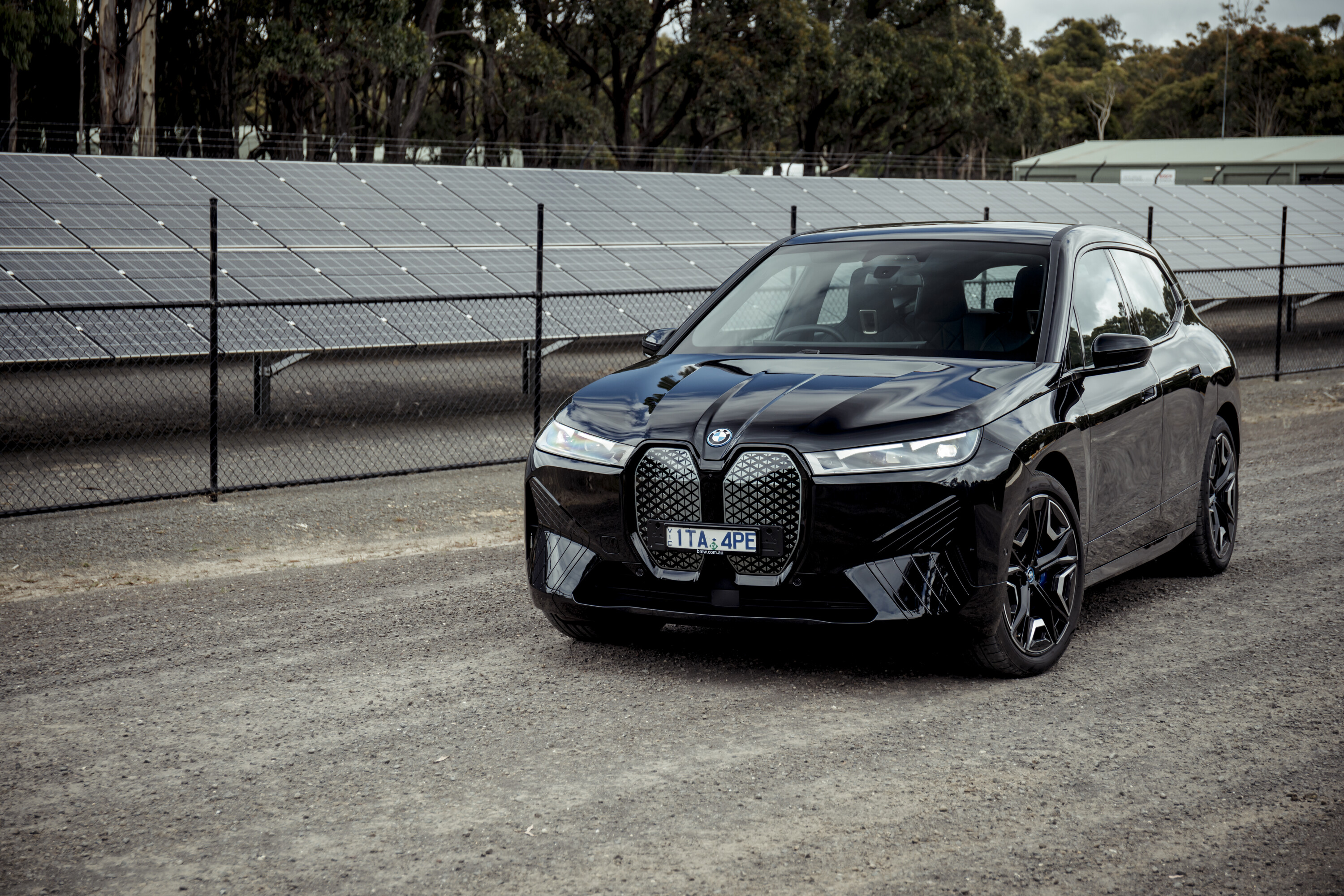
Of course, it’s even better if you buy a used EV, since you’re not contributing to additional manufacturing emissions.
If buying new, a smaller battery would be even better for the environment. Opting for larger battery and dual-motor variants increase the initial carbon footprint and extend the break-even point longer, but can still be achieved in the vehicle’s lifetime.
Keep in mind that the Polestar 2 uses more contentious raw materials, since its battery is based on the NMC lithium-ion chemistry.
Lithium-iron-phosphate (LFP) battery cathodes have emerged in entry-level EVs, which don’t use cobalt and nickel, to have up to 45 per cent lower manufacturing footprint compared to lithium-ion, according to the Journal of Cleaner Production [↗].
Sodium-ion tech is also appearing as an even more sustainable alternative, but is yet-to-be adopted in a global mass-market EV.
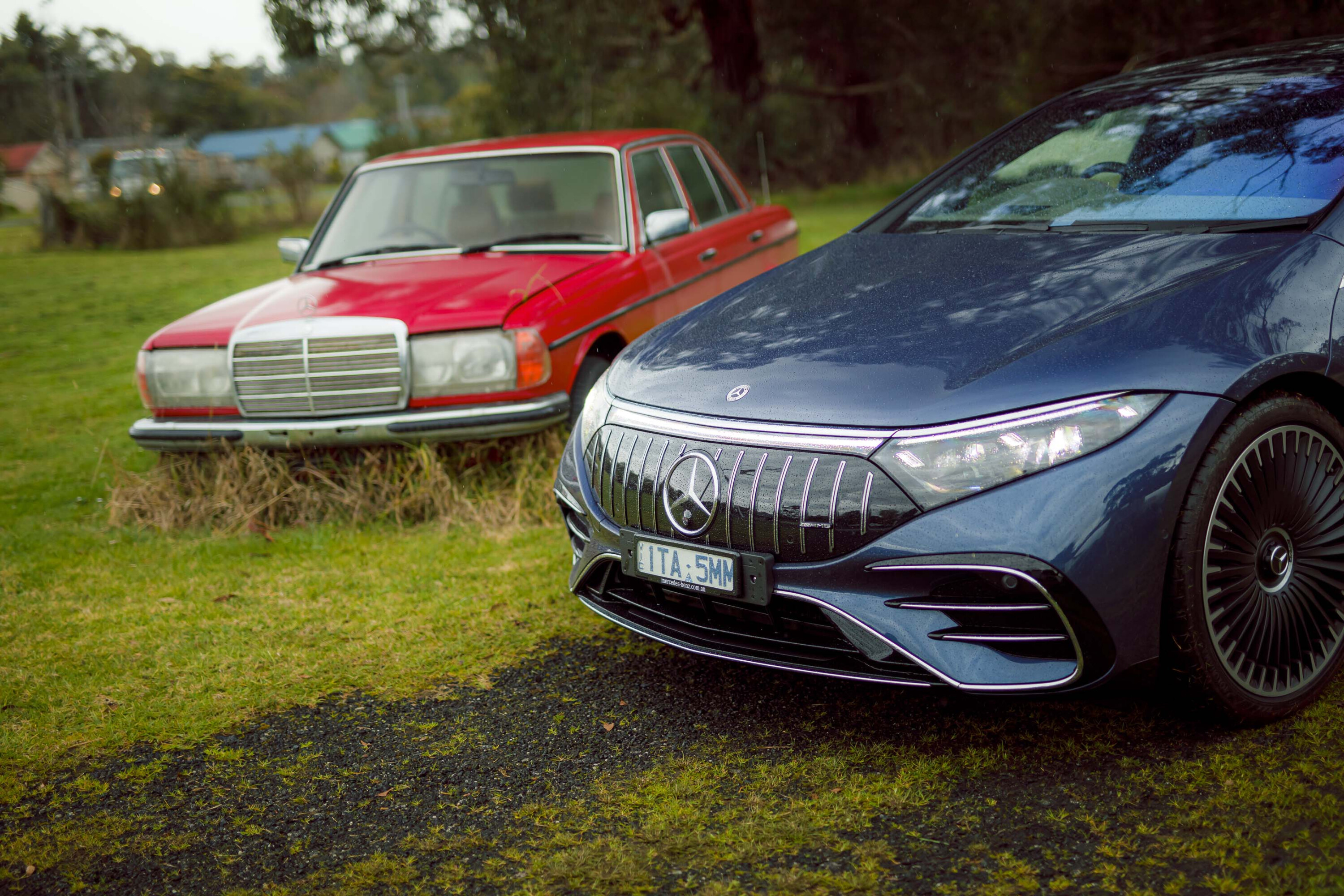
Is it better to keep your old ICE car?
According to Engineering Explained [YouTube ↗], switching from an inefficient ICE vehicle to a new EV is still generally more environmentally sustainable than keeping the former over time, with the break even point occurring within a few years, depending on how far owners drive.
While EVs have a higher CO2 emissions footprint from the factory, they are more sustainable to recharge than refuelling an ICE vehicle thanks to being powered at least part-renewable energy sources.
However, it all depends on how much you drive. If owners constantly upgrade to a new EV model with little use every time, it is of course more sustainable to keep the old ICE vehicle.
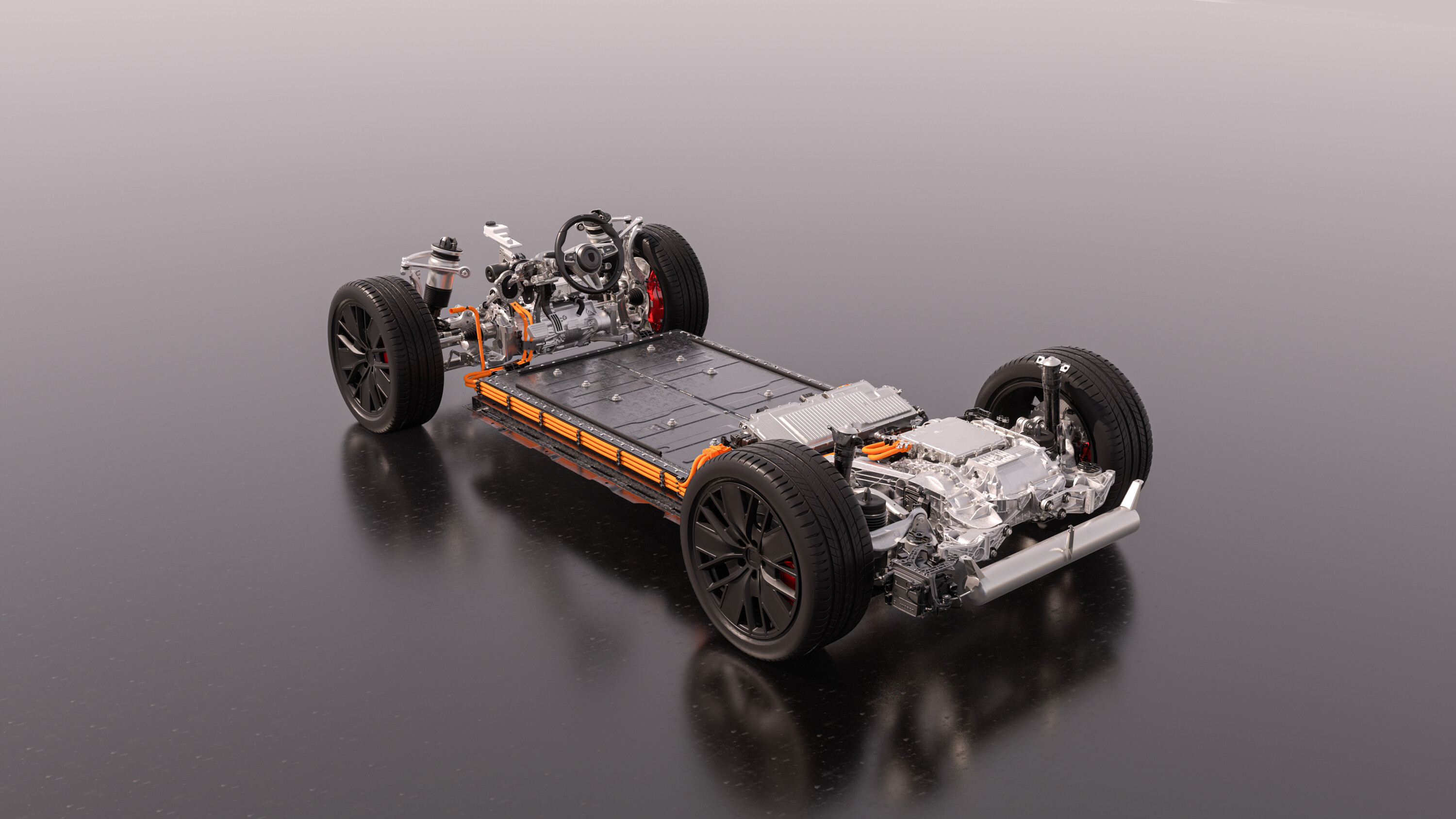
?️ Battery waste issue
While electric vehicle batteries are designed to last more than 10 years and for the lifetime of the vehicle, when they do reach their end-of-life, will the raw materials pile up in landfill?
The CSIRO Energy’s senior research scientist and leader in electrochemical energy storage, Dr Thomas Ruether, told WhichCar only 10 per cent of lithium-ion batteries are recycled in Australia, as at 2021. (No more recent data was available at the time of writing.)
However, currently 50 to 95 per cent of materials contained within lithium-ion batteries can be recovered, depending on which technologies are applied in existing battery recycling operations.
End-of-life lithium-ion batteries are processed locally up to a certain level called ‘black mass’, which is “a composite powder of electrode materials contained in lithium-ion batteries consisting of mainly the metal oxides [cathode] and graphite [anode],” Dr Ruether said.
“This black mass can be safely exported off-shore for further processing, for example the selective extraction [and] separation of valuable components, such as cobalt, nickel, and lithium.”
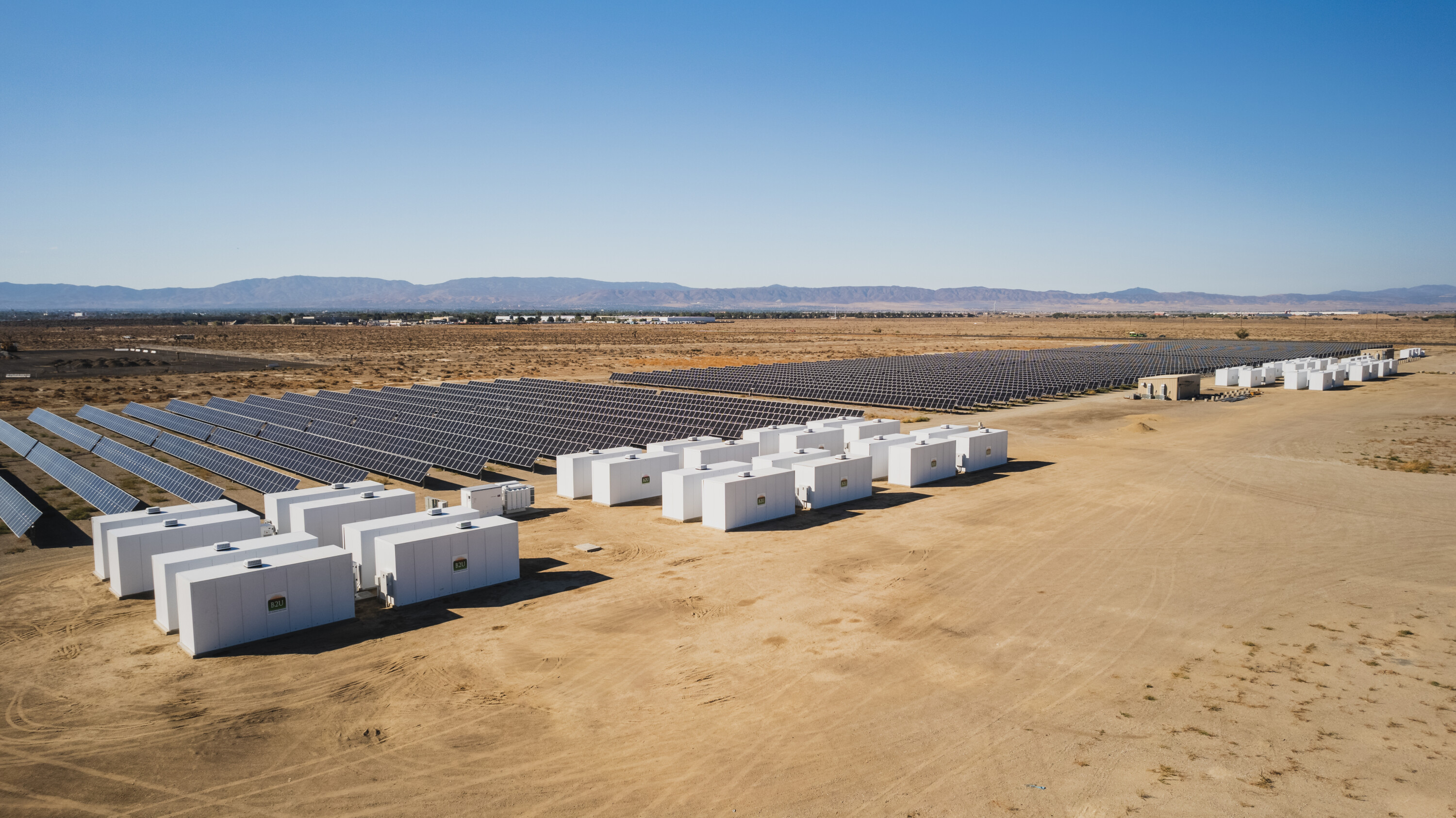
“Governmental subsidies and policy settings are making a substantial difference”
Dr Ruether added around 90 per cent of recycling capacity is in Europe and East Asia, with some movements to support LFP batteries.
This is because those continents have “larger volumes of end-of-life lithium-ion batteries, but other socio-economic factors such as substantial governmental subsidies and policy settings are making a substantial difference,” Dr Ruether told WhichCar.
Automotive industries in China and Europe have a “recycling solution embedded in their business models” for producing EVs and therefore better support, or they partner with recycling companies, according to the CSIRO Energy scientist.
The European Union is already set to mandate stricter recyclable battery content rules from 2024 for domestically-made packs.
Preventing electronic waste is critical, as a study from the University of Technology Sydney [ABC ↗] – which assumed a 16-year EV battery pack lifespan – warned 30,000 tonnes of EV batteries will reach their end-of-life by 2030.
It is estimated to grow to 360,000 tonnes by 2040 and 1.6 million tonnes by 2050 – reinforcing the importance for policymakers and car manufacturers to ensure packs are responsibly repurposed and recycled.
However, EV batteries don’t need to be recycled immediately if they’re only part-degraded.
Companies such as Infinitev are first replacing degraded modules to be reused in existing vehicles, second repurposing it as battery storage when no longer suitable for driving, and then finally recycling select materials for use in future EVs.
The ‘circular economy’ is gradually being established – from the supply chain, to manufacturing, and end-of-life vehicles and batteries – to ensure as many materials can be reused without resorting to waste.
It will continue to be a key challenge for the industry.
WhichCar contacted Infinitev, the Battery Stewardship Council and other sustainability experts, but they did not respond for comment.

? Tyre and brake pollution
Since EVs are heavier and feature instant torque – potentially putting more wear on the wheels – does it increase tyre and brake pollution?
According to EV battery electrochemist Dr Euan McTurk [RAC ↗], tyre particulate matter can be slightly higher, but only when driven harder. Electric cars aren’t too much heavier than modern petrol and diesel cars as they become bigger, and buyers favour larger and heavier SUVs and utes.
For example, the Tesla Model Y electric SUV is about 400kg heavier than the Toyota RAV4, yet it’s roughly 400kg lighter than the top-selling dual-cab Ford Ranger 4×4 ute.
Most car brands artificially limit the initial torque delivery – especially on front-wheel drive EVs – to reduce wheel slip, and most models adopt EV-specific tyres designed to handle the load and wear less, resulting in theoretically reduced particulate matter emissions.
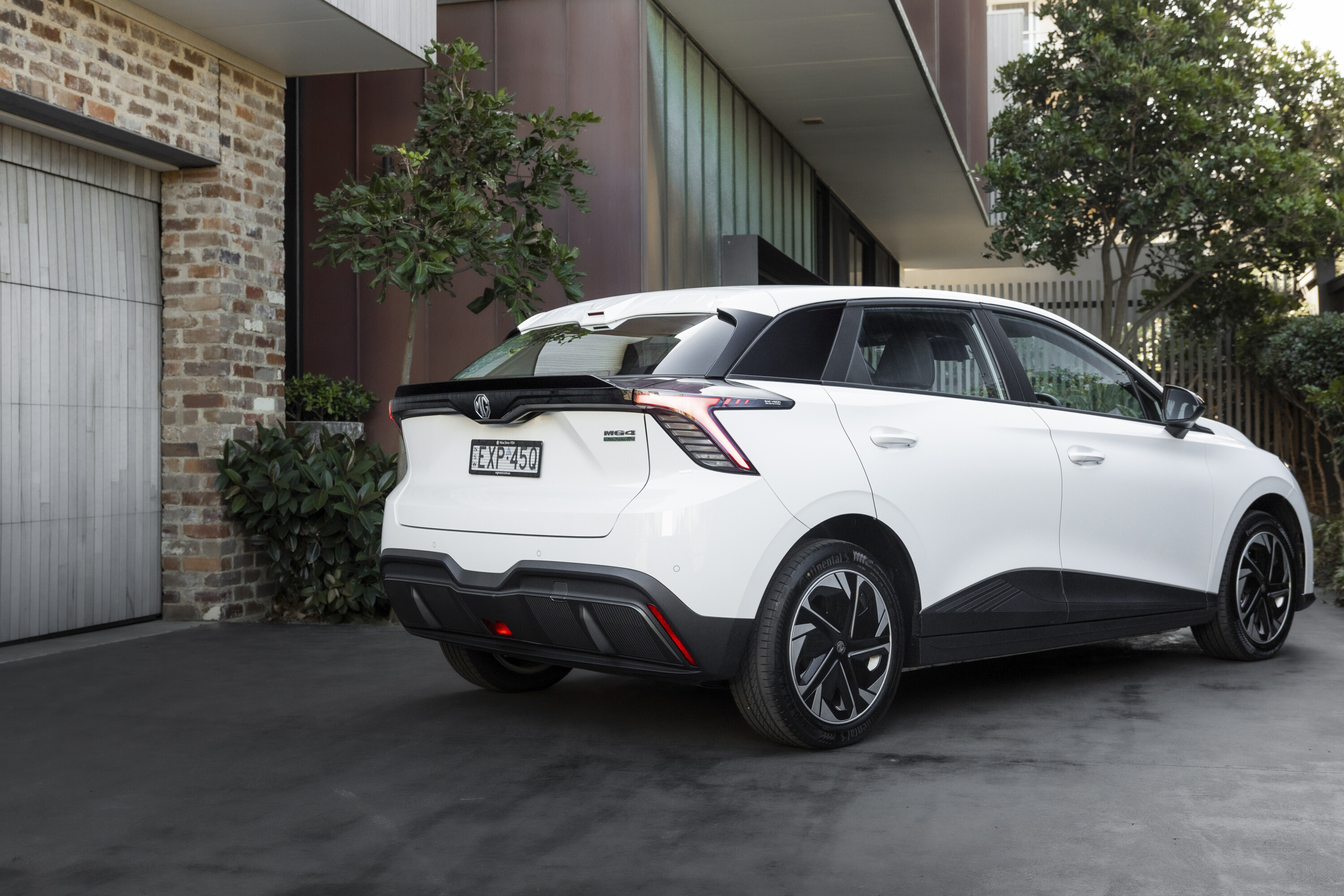
Meanwhile, regenerative braking – where the electric motor is inversed to slow down the vehicle and recoup some energy back into the battery – limits fine brake particulate matter compared to ICE cars, since there’s less demand for using the physical brake discs.
This is the key reason some carmakers, such as Volkswagen, have opted to use more basic rear drum brakes in electric models, because the use of regenerative braking doesn’t result in significant heat build-up.
Drum brakes are also enclosed, so any particulates produced aren’t released into the environment.
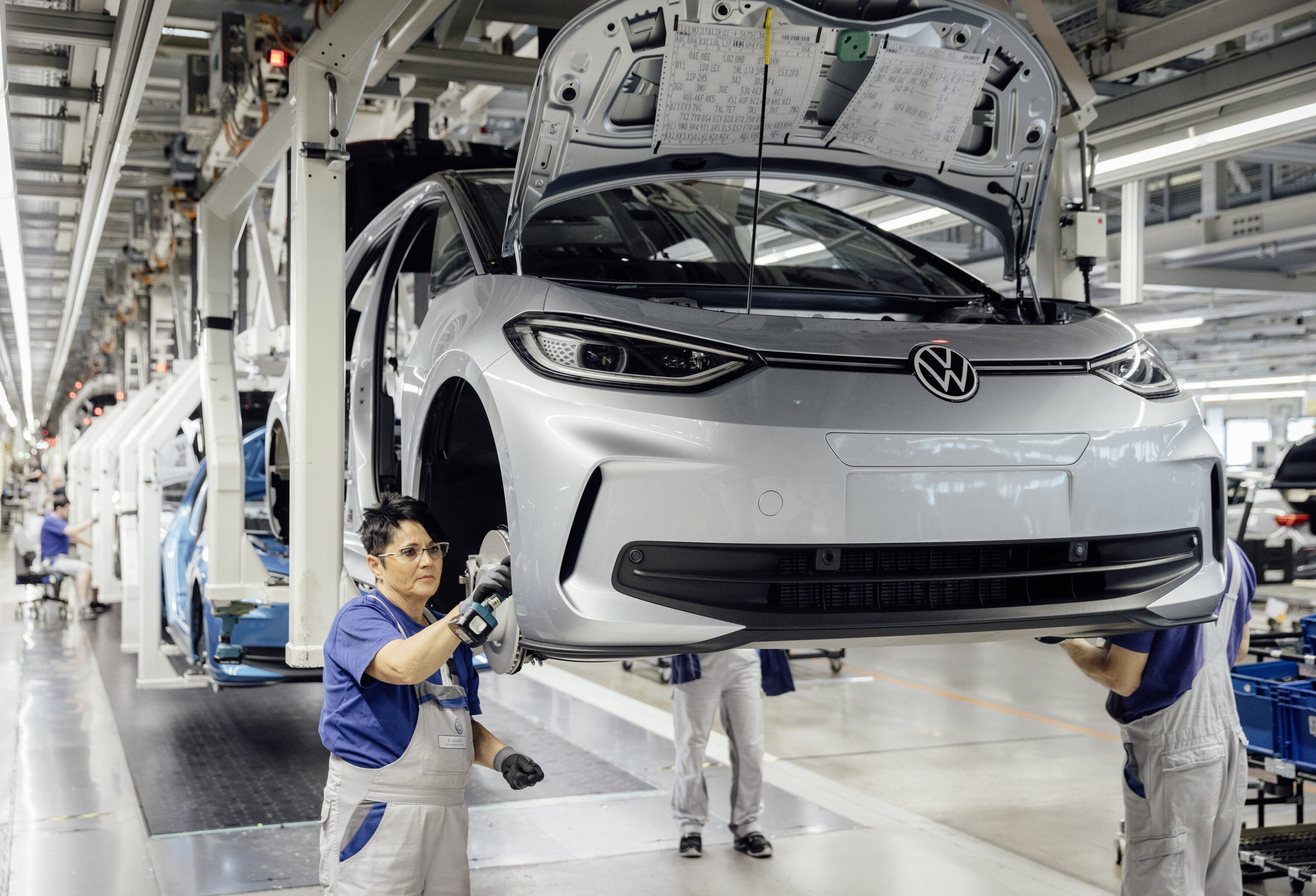
? Manufacturing and shipping
If EVs are produced and shipped to showrooms using unsustainable methods, they’re still harmful to the environment, right?
Yes, but an industry-wide shift towards a more eco-friendly circular economy is already happening, with the ultimate goal to reach net-zero by 2050 at the latest for most automakers.
Most automakers including Tesla, Geely, the Volkswagen Group, Hyundai Motor Group and BMW Group already employ complete or part animal-free seats, and part-recycled materials in new car interiors – instead of unethically-sourced leathers and toxic synthetic polyvinyl chloride (PVC).
For example, by using a smaller body style and incorporating more recycled components across the bodywork and interior, Volvo claims its EX30 electric SUV has reduced the total lifetime carbon footprint by 25 per cent compared to the larger XC40 Recharge (resulting in less than 30 tonnes of CO2 after 200,000km).
Some carmakers have even showcased concept vehicle models that can be entirely recycled at the end-of-life.
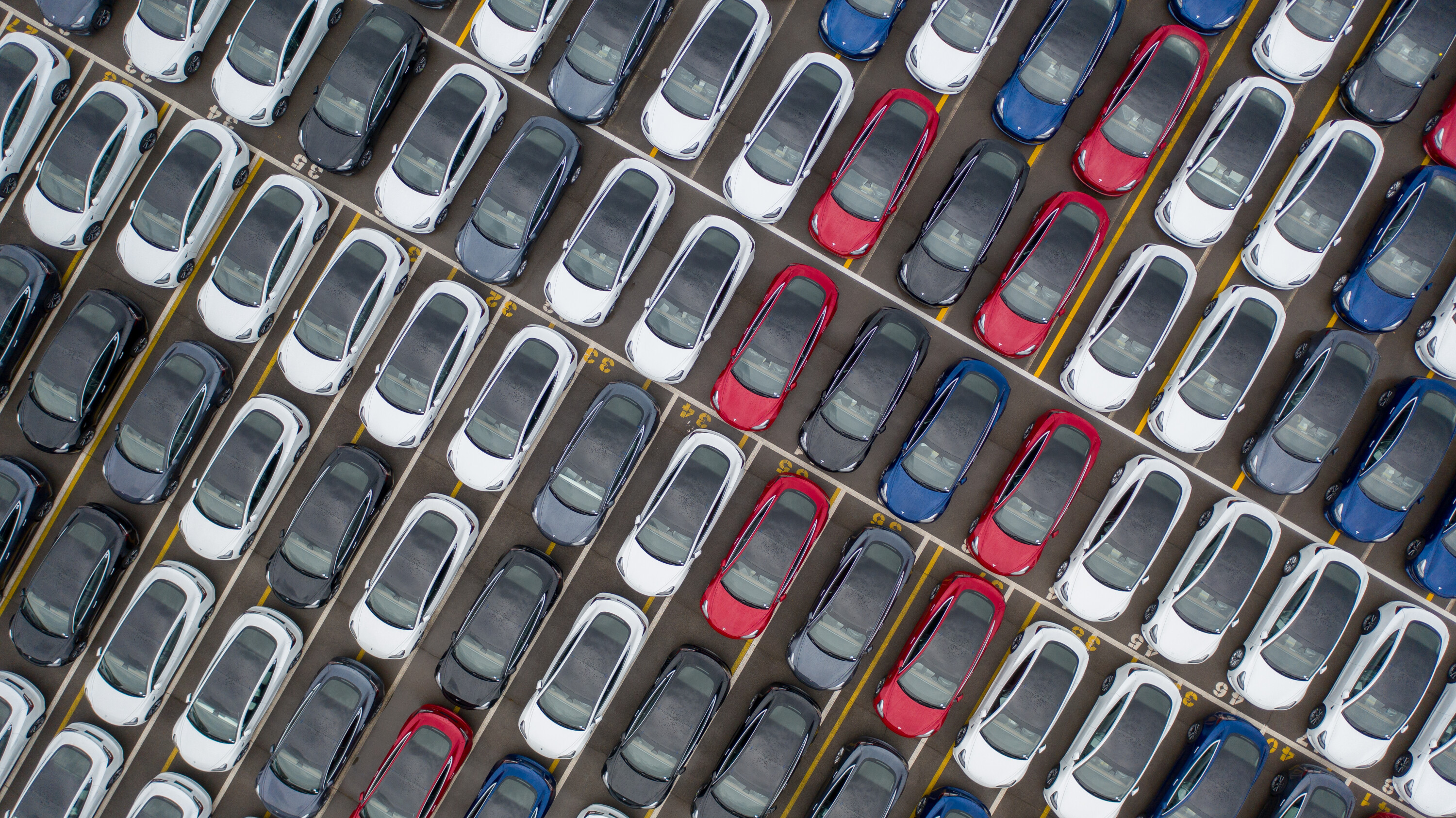
Major vehicle and battery factories globally are also transitioning to renewable energy power, reducing water use, and recycling waste materials.
As for car shipping and delivery logistics, the transition is slower but in progress. Some newer ocean-going cargo vessels are using more fuel-efficient diesel engines, some powered by biofuels, and boasting larger cargo capacities to take fewer trips.
Similarly, heavy battery-electric and hydrogen trucks are gradually coming onto the market, but it will take some time for the commercial sector to decarbonise since today’s technologies and charging infrastructure still needs to develop to suit long hauls.
? Will EVs really save the planet?
According to the CSIRO [↗], the transportation industry is the third-largest carbon emitter in Australia.
Therefore, 17.6 per cent of reductions would come from completely switching to electric vehicles.
While that is still a substantial number, it needs to be combined with moving away from burning fossil fuels for the electricity grid (33.6 per cent) and stationary energy, such as gas (20.4 per cent), to truly limit further global warming.
A report commissioned by Polestar and Rivian stressed that the automotive industry is set to overshoot the United Nations’ 1.5-degree Celsius global warming threshold by at least 75 per cent by 2050.
It highlighted that switching EVs isn’t enough to meet carbon-neutrality targets, with the need for a complete renewable electricity grid and a responsibly-sourced supply chain, too.
Social change is also needed, with a shift to using more active (walking and cycling), shared (e-bike and car-sharing platforms) and public transport modes – rather than constantly driving a private vehicle that often carries one or two people.
After all, regardless of what’s powering a vehicle, there will always be some kind of pollution (tyre and brake particulates, road noise, light emissions, etc.).
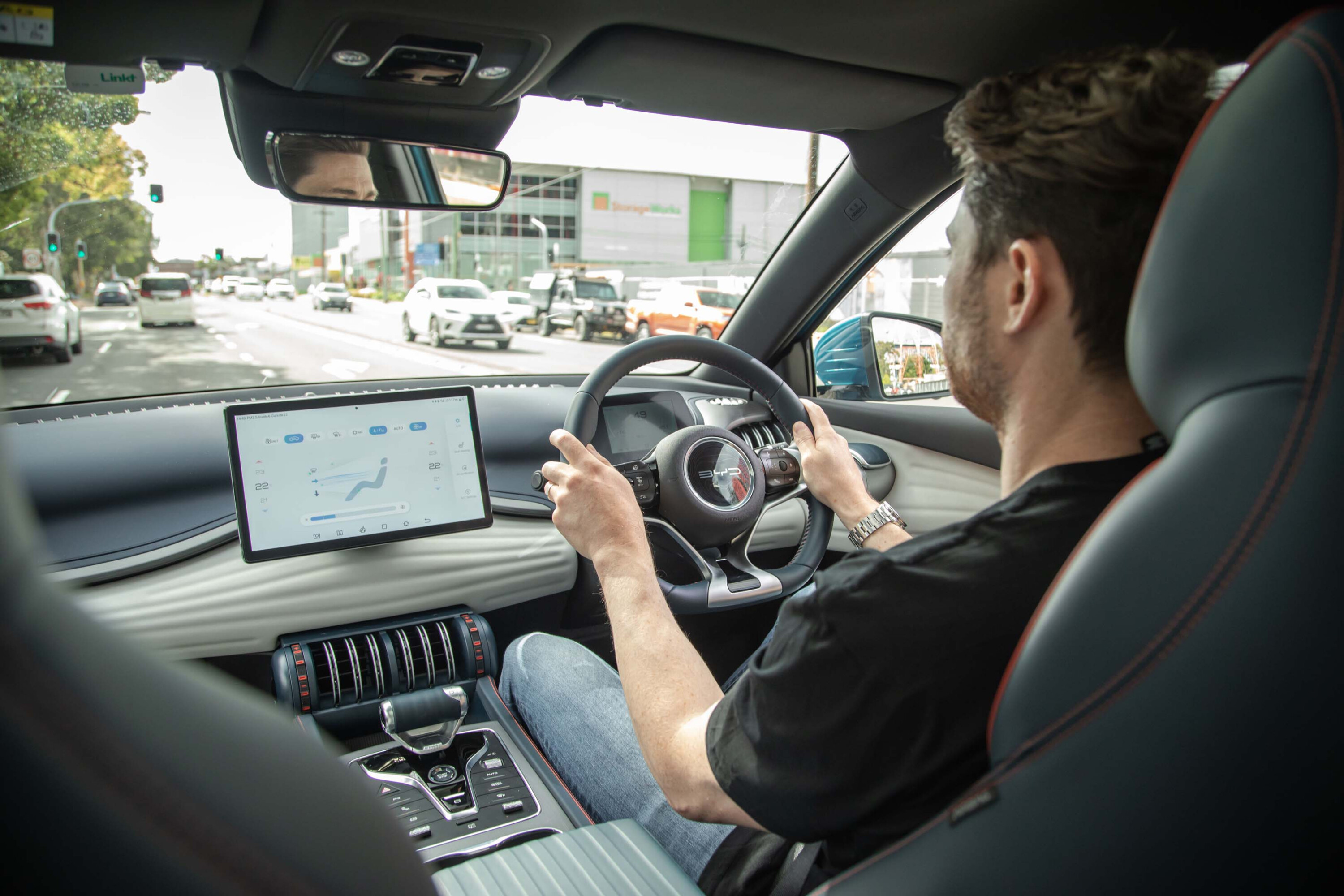
Yes, EVs initially have a higher carbon footprint. But, by looking at whole-of-lifetime emissions, the data confirms that EVs are still greener than traditional ICE vehicles over time.
As with justifying the initial EV price premium (if applicable), the more you drive, the better it is from an environmental perspective.
EVs don’t emit any local exhaust pollutants and are charged off at least part-renewables, while ICE vehicles emit fumes and run on poor-quality fuels (though legislation will improve sulphur standards in 2024). Call us biased, but the ‘arc of justice’ clearly bends towards EVs over time.
And, with advancements in battery technology, the expansion of renewable energy in Australia’s grid and improvements in manufacturing and supply chains, the environmental footprint will only shrink in the coming years.
Then, there’s the immediate personal human benefit, often overlooked: our health.
Because EVs don’t emit any local exhaust pollutants (with diesel in particular classed as a harmful group 1 carcinogen to human health), it results in less toxic risk to humans at the local level – whether it’s inhaling fumes in your garage, walking by traffic in the city, or even in your own car through the air vents when stuck in constricted drive-throughs.
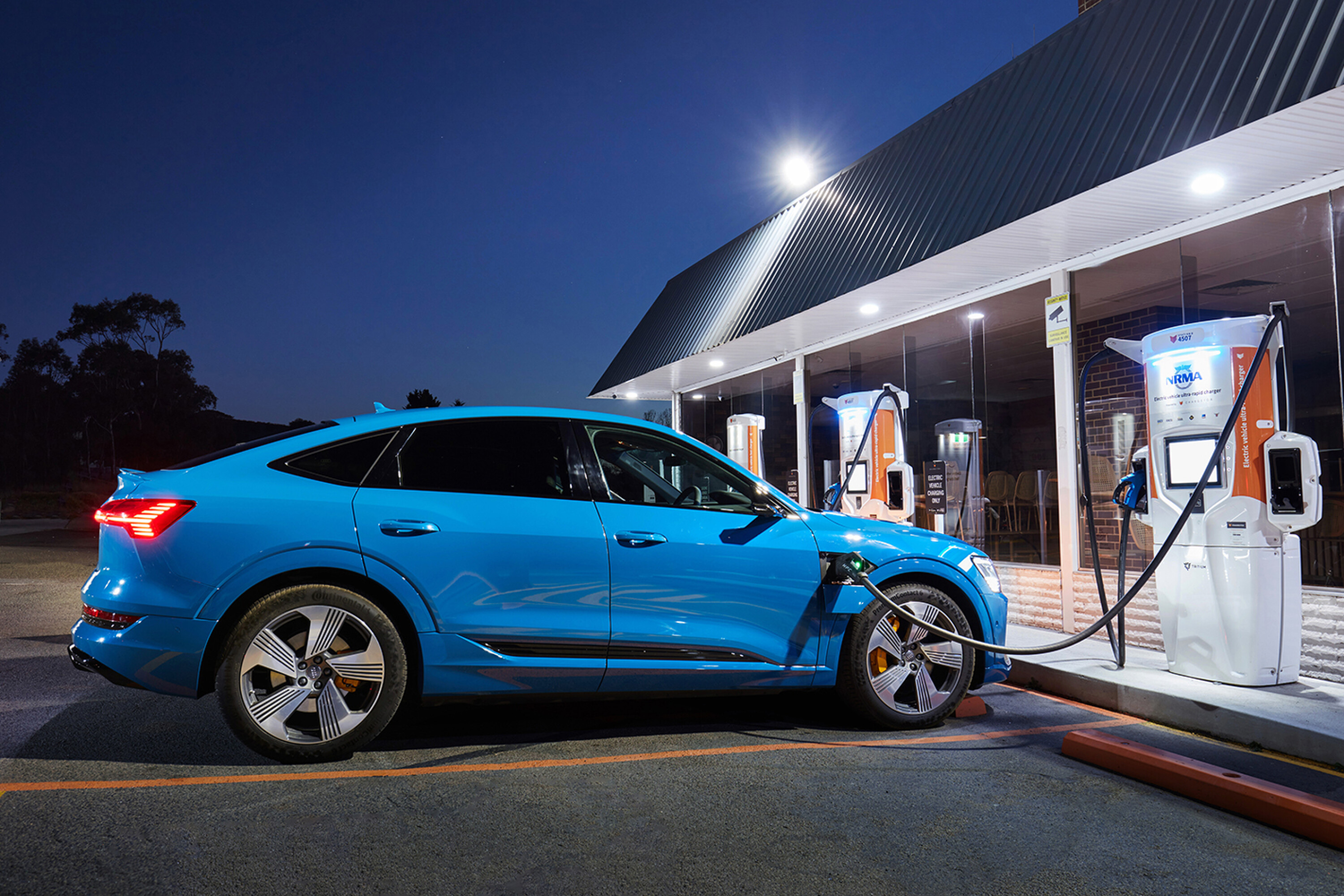
? Is it time to make the electric switch?
If you’ve ever been convinced that the media are biased towards electric cars, it’s unlikely we’ve softened that opinion here – but the data is the data. For more on electric cars, check out the links below.
We recommend
-
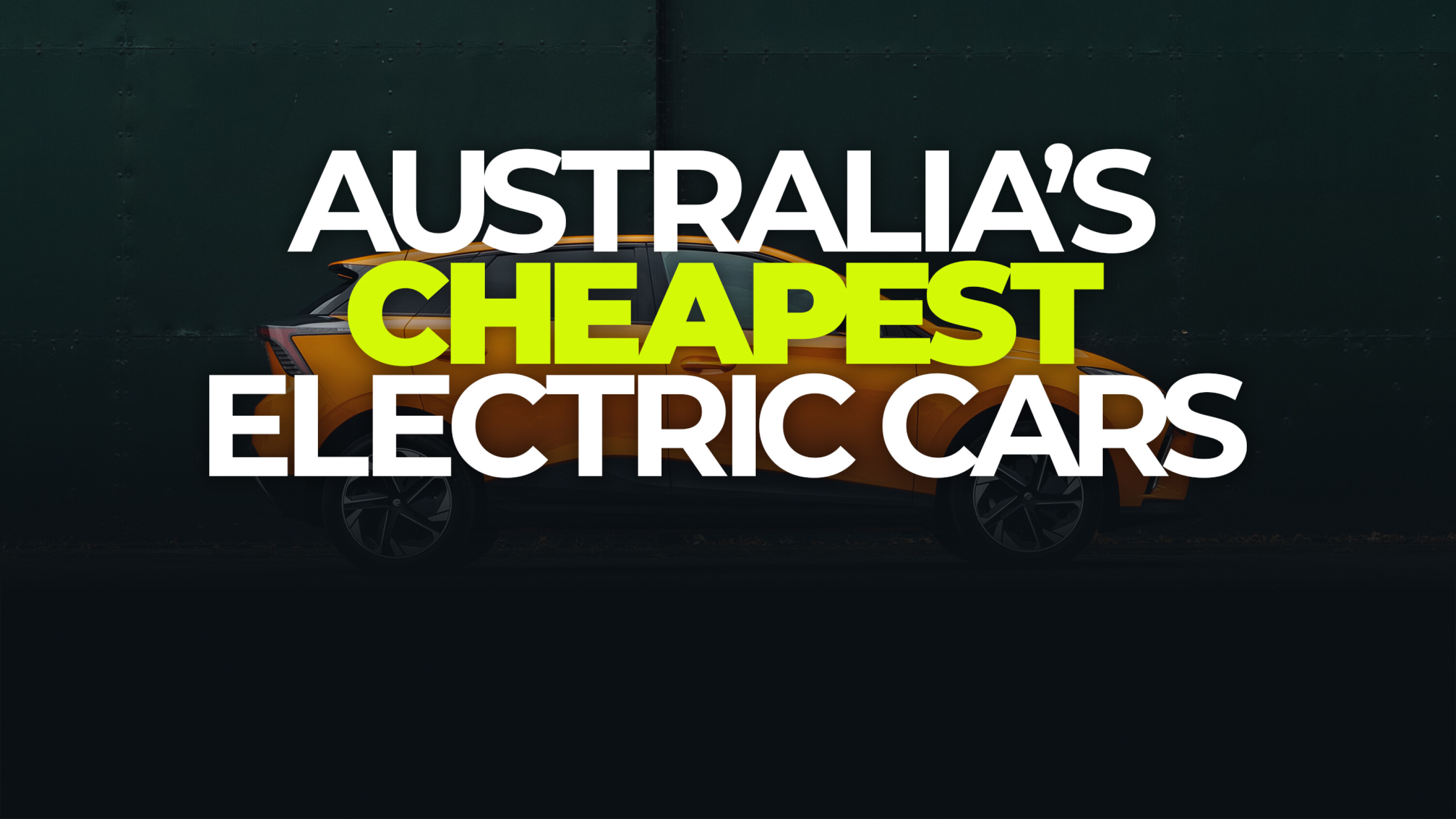 Advice
AdviceWhat are the 10 cheapest electric cars in Australia?
These are the most affordable new EVs in Australia
-
 Advice
AdviceAre EV batteries more dangerous than ICE cars?
News of battery fires continue to bring the safety of EVs into the spotlight. Should you be worried?
-
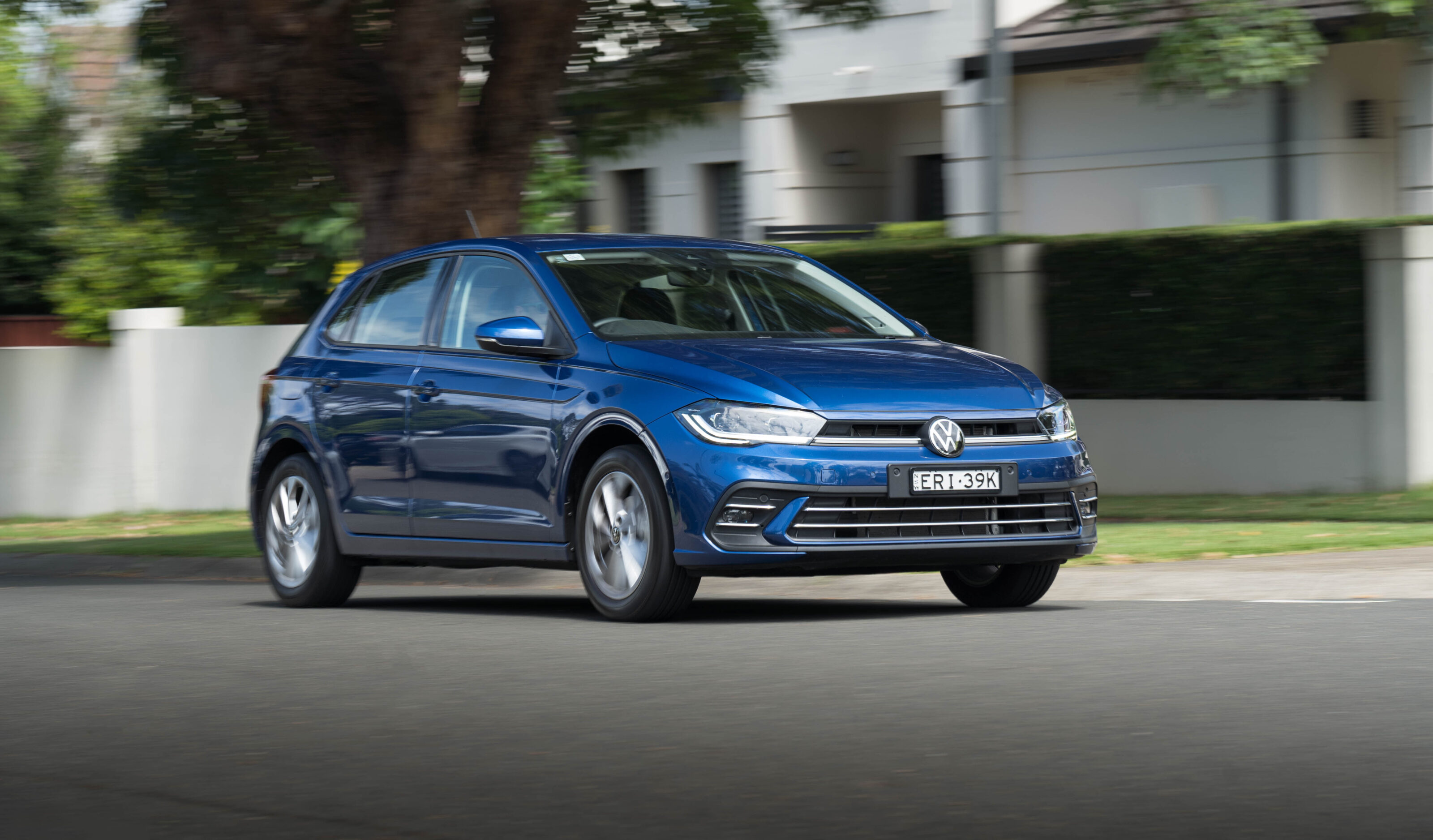 News
NewsEuro 7 emissions rules could mean no more budget-friendly VWs and Skodas
Increasingly strict emissions mandates might spell the end of small entry-level combustion engine models from the Volkswagen Group




